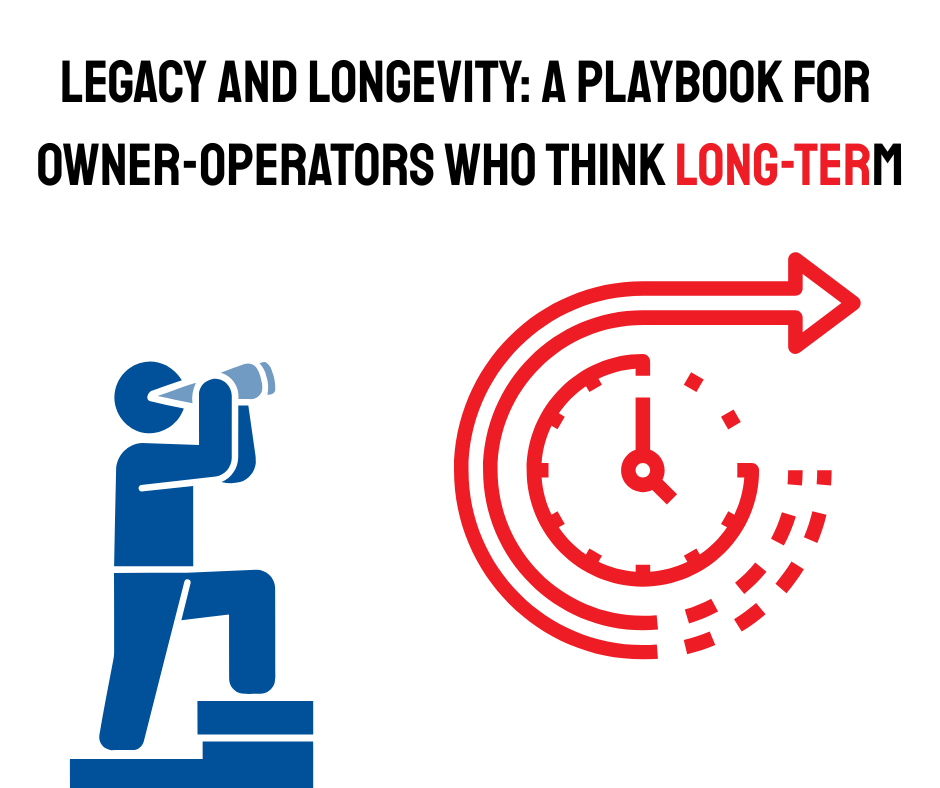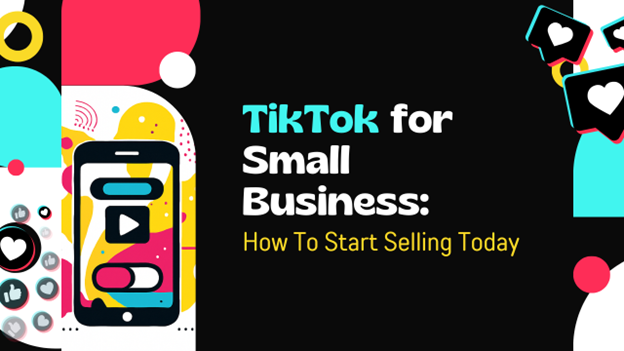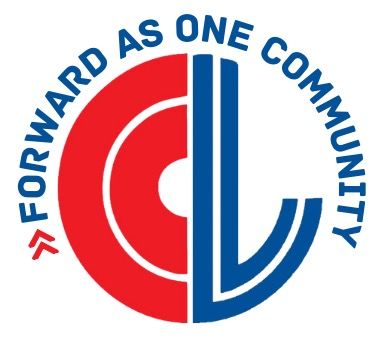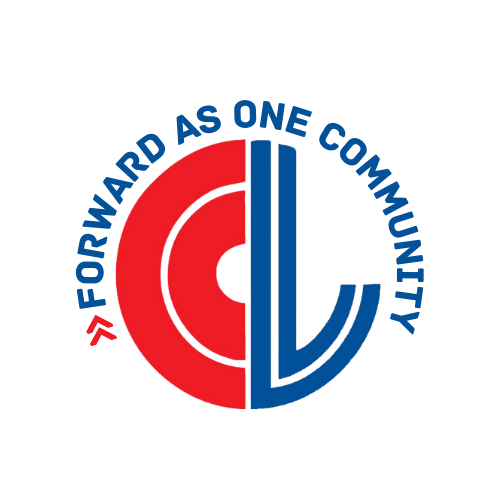Embracing Imperfection to Strengthen Your Business
What do Han Solo (Star Wars et al), Walter White (Breaking Bad), and Katniss Everdeen (The Hunger Games) have in common? They’re terribly flawed and we love them for it.
Imperfection can also be a powerful asset for businesses when approached with the right mindset. So stop trying your best to be perfect and embrace imperfection as a way to connect with your customers. Here’s how:
How to be Perfectly Imperfect
You’ve probably heard the adage “finished is better than perfect” or “you can’t edit a blank page.” There’s something to be said for embracing life’s imperfections, especially in business. After all, everyone can relate, and imperfections are bound to happen. So you might as well make the best of them.
There’s a popular self-help book called “How to Keep House While Drowning.” It was written by a recovering overwhelmed housewife. It’s funny and terribly relatable, especially if you do most of the housework around your home. But it’s also a book about very boring things like dishes in a sink. You can use this same “common denominator” to relate with your ideal client.
Relatability
It's hard to identify with a perfect business or person. When someone is busy telling us how perfect they are or only showing us the perfect side of their lives, a distance between us will arise. After all, if your life is less than perfect how do you align with someone who is only showing you the sunny side?
Whether it's a fictional character, your best friend, or a business, seeing flaws makes us feel like that person or entity is going through the same things we are. This relatability can be loyalty-building when it comes to business.
Transparency
You can also turn mistakes into opportunities by being openly honest about your shortcomings. When you acknowledge errors and demonstrate a commitment to improvement, you actually build stronger relationships with customers. In fact, 89% of people believe a business can regain their trust if it admits to a mistake and transparently outlines steps to prevent future issues.
Authenticity
Companies that show their human side can gain a competitive edge. For example:
Domino's Pizza ran a campaign admitting their pizza had its issues, but they were addressing them.
Guess what?
It increased sales. Netflix publicly apologized for a pricing mistake, demonstrating accountability (and let’s not forget their Tyson debacle—again, they apologized instead of ignoring it). Coke went back to the original and admitted the change was a terrible idea. All of these companies received kudos for their honesty (and listening to customers).
Fearlessness
From an employee perspective, embracing imperfection can unlock creativity by removing the paralyzing fear of failure. When businesses create an environment that accepts mistakes as part of the learning process, employees feel more comfortable:
- Experimenting with new ideas
- Taking calculated risks
- Thinking outside traditional boundaries
Companies that remove the fear of failure can accomplish great innovation.
Healthier Work Environment
Transparency in leadership can also improve your business. When leaders acknowledge their own flaws it:
- Reduces stress among employees
- Increases job satisfaction
- Boosts overall productivity
If you’ve ever worked for a workaholic, you know their flawed views on work can be detrimental to your own.
But we’re not telling you to hang all your dirty laundry out on the line for everyone to see. There is a strategy behind using imperfection to build a stronger relationship with your customers and employees.
A Strategic Approach to Imperfection
The key is not to aim for mediocrity, but to view imperfections as opportunities for growth. Your business is never going to be perfect; but you can be perfectly relatable. Be real, be resilient, and be ready to learn and grow.
Our best relationships in life (and on the screen) are not between us and perfect people. Quite the opposite. We embrace flaws and appreciate when those around us do the same. Showing your less-than-perfect side will make you more endearing and solidify a long-term relationship between your business and your customers.
------------------------
Christina Metcalf is a writer and women’s speaker who believes in the power of story. She works with small businesses, chambers of commerce, and business professionals who want to make an impression and grow a loyal customer/member base. She is the author of The Glinda Principle, rediscovering the magic within.
_______________________________________
Medium: @christinametcalf
Facebook: @tellyourstorygetemtalking
Instagram: @christinametcalfauthor
LinkedIn: @christinagsmith




